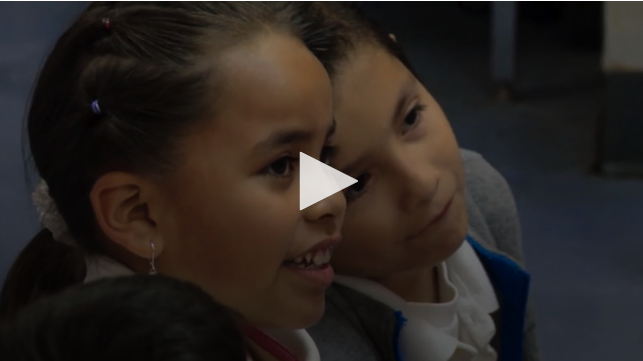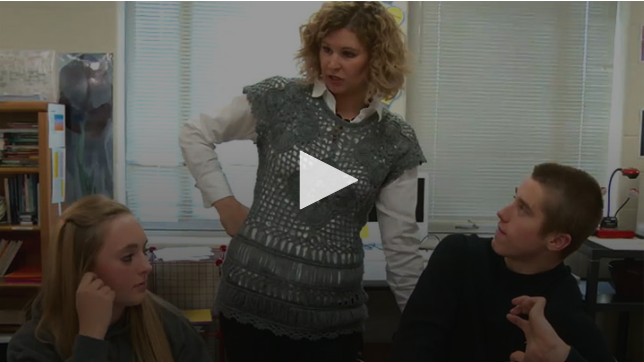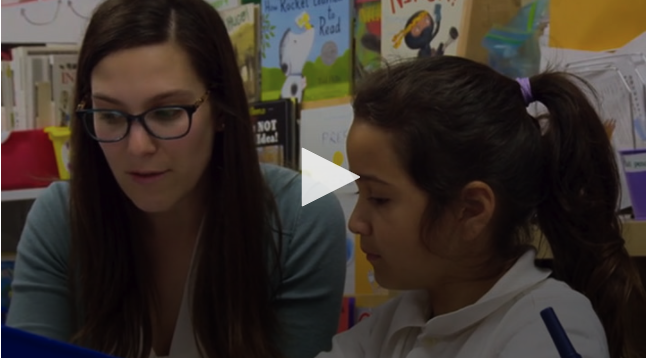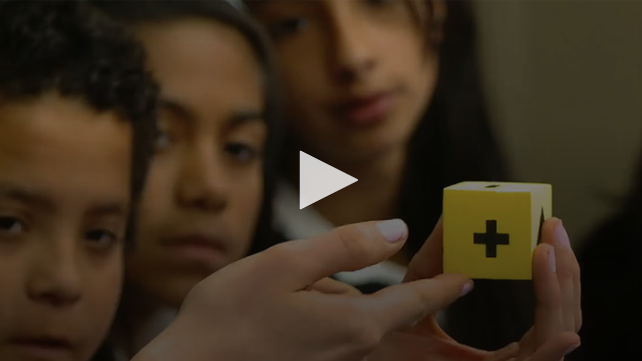The shiny new bicycle was forcefully shoved to the ground in disgust as Parker shouted,
I cannot do it; I’ll never be able to ride my bike.
To the parents out there, I venture to guess this triggers “fond” memories of youthful days gone by, but to me, not having kids, this experience with my five-year-old nephew was a first.
We had braved the unseasonably cold South Carolina weather for a mere five minutes before Parker came to this abrupt conclusion. Bundled in his winter coat and hat, he begrudgingly stormed off and sat on a rock on the side of the road. When I asked him why he was so upset, he fought back tears and explained, “Chase can ride his bike without training wheels, and I will never be able to.”
Now, being Uncle Chris, I wasn’t even sure who Chase was, but in this moment, I wanted to run to my writing notebook and sketch out this blog. However, I felt it best that I stay with the nearly-in-tears five-year-old to support him.
There’s a lot of talk about grit and growth mindset as it applies to education, and at this point, I would submit that most people reading this blog are not only familiar with these concepts, but probably way more well-read about them than I. However, in that moment, as I lovingly sat down next to Parker and put my arm around him, I had new reflections about how I would apply Parker’s learning experience to my own teaching and thinking.
The Top Five Things I Learned from a Five-Year-Old
Teachers must model and share their struggles.
In working to console Parker, I feverishly tried to think about how I could relate to his situation; I didn’t just want to empathize, I wanted to directly connect with him. Knowing Parker loves golf, and that like Parker, I “fall off my bike” often when playing golf, I quietly said to him, “You know what, Parker, sometimes when Uncle Chris is on the golf course, he hits some really bad shots — in fact, there are some rounds where I’m so bad I want to quit golf.”
He was shocked, and quickly asked, “So why do you keep playing?” Without hesitation I said, “Because I love the game and because having to work hard to have success is fun.”

VIDEO: Encouraging Students to Persist Through Challenges
In thinking about this conversation, it dawned on me that our students are being asked to ride their bike for the first time almost daily, and yet how often are we, as teachers, doing the same? It was in that moment that I committed to trying more things for the first time and sharing the inherent frustrations with my students.

VIDEO: When a Lesson Goes Wrong
Teachers must more strategically use (or not use) competition in class.
One of Parker’s biggest hurdles to success was his constant self-comparison to Chase. He kept going back to the fact that Chase could already ride his bike; it was, at times, paralyzing to his own focus and commitment to the process. That got me thinking: How often are my students diverted from their own growth because they’re paralyzed by the growth of others? I said to Parker, “You know, your daddy is a MUCH better golfer than I am, but that’s because he plays a lot more than I do. Do you think that maybe Chase has just spent more time so far learning to ride his bike?”

VIDEO: Praising the Process
This has two implications for the classroom.
- First, the models we use need to be more intentionally chosen. It’s easy to give students an exemplary model to which they can aspire, and for some students, this will work well as a motivation. However, for others, they’ll feel as if they can never “be as good as Chase.” I plan on doing a better job with differentiating my models to specific students’ abilities and competitive drives.
- Second, I know I need to do a better job of helping students see that hours of practice directly impacts success. I know this seems obvious, but for skills like reading and writing, which are rather intangible to students, this correlation isn’t as obvious as it might be for shooting free throws, for example, and it’s my job to help them make that connection.
Teachers must continue to hold high standards.
Parker really only had one choice to make: to ride the bike or not. There was no middle ground. It’s not like I could give him an easier bike to ride or lower the bar for success. For him, he was either going to be able to ride with Chase or he wasn’t. However, I know that there have been times in class when, to help a student find success, I’ve lowered the bar. All that did was give that student a false sense of skill acquisition.
Parker helped remind me that, as hard as it can be, because of how much we care about each student, we must keep the bar high. When the student is ready, he or she will get it, but misleading students into thinking they’ve “gotten it” before they have helps no one… it will only lead to falling off the bike at the most embarrassing and inopportune time possible.
Teachers must give students space to let out their frustrations.
Parker’s meltdown was needed; he was frustrated. I could’ve easily said, “No! You’re not giving up; get up and get back on that bike!” And assuming he even would’ve, there would’ve been very little chance that, at that moment, he would’ve been able to obtain success.
His mind was unfocused and clouded with disappointment. He needed time and space to recapitulate, to reframe the situation in a way that allowed him to feel back in control. Without that, there was no way he would be successful. In part, I thought of it like this: When I was first learning to play golf, I would look at the rest of my foursome and say, “I’m going to take this hole off; I just need a few minutes.” We need to be sure that we have ways to give our students a “hole off” when they need it, so they can come back focused and ready to go.

VIDEO: Don’t Give Up! Plan, Persevere, Revise
Schools must get rid of grades.
Even with the best use of formative assessment, the traditional grading system makes it nearly impossible for students to truly embrace failure and to wrestle with challenging skill acquisition in a safe and supportive way. Be it because they’re dejected by a low grade or overly concerned that they got an 89% and not the 90% for the A, grades get in the way.
If Parker were being graded on his bike riding, he would have failed in that moment, but he already knew he had failed in that moment. Would he have really needed a letter grade or percentage to remind him of that? “Hey Parker, you stayed on the bike for six seconds, so you get a 45% on bike riding.” I won’t belabor this point, as there is plenty of other real research out there on this topic, but in short, grades gotta go.
It’s been a few months since that day with Parker, and while I’ve not seen him since (he lives in Atlanta, and I live in Chicago), and I have no idea if he can ride his bike yet, I feel fully confident in one thing: he hasn’t stopped trying.
For more on growth mindset, check out Teaching Channel’s Growth Mindset Deep Dive.
What will you do to help empower your students to never stop trying?







